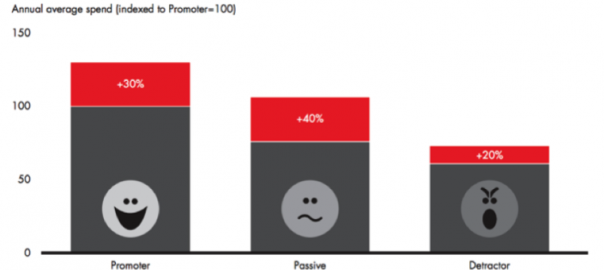
This is the third and final part in a series on the changing trends in social data, and how three key areas must be considered whenever social technologies are used to derive insights.
That social media has transformed the speed of our communication will be news to no one.
What is significant, however, is just how swift the exchange of information has become, facilitated and provoked by the changes that social media has brought.
The speed of social
People from across the planet can communicate openly in real-time, and brands that have historically had lengthy and well-documented processes for managing touch-points with customers are struggling to adapt.
Organizations must adapt to the speed of social – in responding to customers, but also in sharing insights internally and in reacting to them.

When compared with older forms of communication, the effort required to share information on social is very minimal and so the propensity to share is increased.
Business must keep up
Customers becoming accustomed to this change also expect brands to be similarly accustomed.
Indeed, according to research by Lithium, 72% of consumers expect brands to respond to a complaint within an hour.
A 2015 Brandwatch study found that only 11.2% of customer queries are responded to within an hour, and over one third of all questions are ignored altogether.
Data featured in other Brandwatch reports shows that customers are more than 70% likely to recommend a brand if they receive a response promptly, remaining relatively high even if that response isn’t helpful.
That figure falls to below 20% if the response is slow, even when that response is helpful.
Source: NM Incite Social Care Survey
Even outside of customer care, engaging with audiences is an extremely time-sensitive area of activity for a brand.
Research from one of Brandwatch’s data partners, Moz, has shown that tweets have a shelf life of just 18 minutes, when evaluating the optimum timings for shareability and relevance.
When coupled with analysis from Bain showing that customers who engage with brands (even if they are generally detractors for that brand) will spend significantly more money on their products, the need for an agile communications strategy becomes essential.
Source: Putting Social Media to Work (Bain)
Requirements for success
Evidently, in order for brands to succeed they must equip themselves with the technology to identify the right information at the right time, and rapidly distribute it to the team best poised to act upon it.
The threat cannot be ignored. As the customer care and engagement examples showed, acting slowly or missing crucial data altogether can not only mean losing potential streams of revenue, but also be extremely expensive.
Crises in the social media age can prove very costly, as plenty of well-documented cases have shown. Getting it wrong has never been a bigger risk for brands.
If the threat is significant, then the opportunity is even greater.
Armed with real-time analytics to be able to identify trends and insights at the speed of social, deep analytics that can surface what’s important quickly and the means to distribute information rapidly to the people that matter, brands can capitalize upon the changes social have brought.
Big, social data
This series has served to illustrate how social data presents significant challenges for businesses seeking to take advantage of it.
The volume, variety, and velocity of social data each push technology vendors to the limits of what can be gathered, analyzed and made available to brands. Be sure to consider these themes when selecting a listening platform that meets your requirements.
Digital & Social Articles on Business 2 Community(130)








